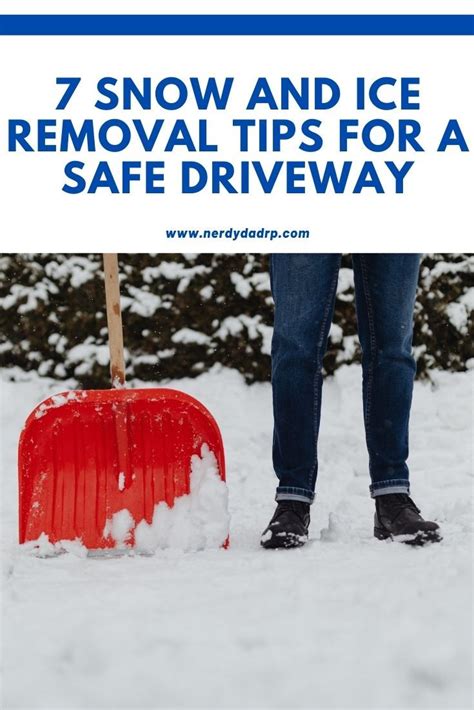Safeguard Your Driveway: Ice Removal Tips
Winter's icy grip can transform your driveway into a treacherous skating rink. Preventing slips, falls, and damage to your property requires a proactive and safe approach to ice removal. This comprehensive guide offers expert tips and techniques to keep your driveway clear and safe throughout the winter months.
What are the best ways to remove ice from a driveway?
The "best" method depends on several factors: the amount of ice, the type of driveway surface (concrete, asphalt, brick), and the ambient temperature. However, several approaches work well in various situations. For a light dusting of ice or frost, simply sweeping it away might suffice. For heavier ice, you'll need more substantial methods:
-
Shoveling: This remains the most common method. Use a sturdy shovel, preferably one with an ergonomic handle to reduce strain. Work in small sections, pushing the ice rather than lifting it to reduce back strain. Remember to dress warmly in layers and take breaks to avoid overexertion.
-
Ice Melt Products: These are chemically engineered to lower the freezing point of water, melting the ice. Different products exist, each with varying strengths and environmental impacts. Read labels carefully to understand application rates and potential risks to pets and plants. Some common options include calcium chloride, magnesium chloride, and potassium acetate (a more environmentally friendly option).
-
De-Icing Tools: Beyond shovels, specialized tools can assist in ice removal. Ice scrapers are useful for breaking up thicker ice, making it easier to shovel or melt. Some even feature ergonomic handles and are designed to reduce strain.
How do I prevent ice from forming on my driveway in the first place?
Proactive prevention is key to minimizing ice buildup. Consider these strategies:
-
Pre-treating: Before a snowfall, apply a de-icing product to your driveway. This prevents ice from bonding strongly to the surface, making it easier to remove.
-
Proper Drainage: Ensure your driveway has adequate drainage to prevent water from pooling and freezing. Addressing drainage issues, such as fixing cracks or improving grading, is crucial.
-
Shoveling Snow Promptly: Fresh snow is easier to remove than compacted snow, which can turn to ice. Clear snow before it has the chance to pack down and freeze.
What are some safe ice removal practices?
Safety should always be your top priority:
-
Dress Warmly: Wear layers of warm clothing, including waterproof boots with good traction. Gloves and a hat are essential.
-
Work in Stages: Avoid overexertion. Take breaks and work in manageable sections.
-
Use Proper Technique: Push ice, rather than lifting it, whenever possible. Bend your knees and lift with your legs to protect your back.
-
Be Mindful of Pets: Keep pets indoors while applying de-icing products, and keep children away from the area as well. Use pet-safe de-icers if necessary.
What are some environmentally friendly ways to remove ice?
Minimizing your environmental impact is important:
-
Use Less Salt: Salt-based de-icers can harm plants and waterways. Use only what's necessary, and consider less harmful alternatives.
-
Potassium Acetate: This is a more environmentally friendly option, less harmful to pets and plants than other chemical de-icers.
-
Sand or Cat Litter: These provide traction without using chemicals, perfect for lighter ice conditions.
Is it safe to use rock salt on my driveway?
While rock salt (sodium chloride) is effective at melting ice, it has downsides. It can damage concrete over time, corrode metal, and harm plants and pets if overused. Use it sparingly and consider alternatives for more environmentally friendly and driveway-safe options.
How can I prevent injuries while removing ice from my driveway?
Preventing injury is paramount. Always:
- Stretch before starting: Prepare your muscles to reduce the risk of strains.
- Take breaks: Avoid fatigue and overexertion.
- Use a proper shovel: A good shovel with an ergonomic handle will help prevent back strain.
- Work with a partner: Sharing the workload can reduce fatigue and increase safety.
- Seek medical attention immediately for any injuries.
By following these tips, you can keep your driveway safe and clear throughout the winter, minimizing the risk of slips, falls, and property damage. Remember, safety and environmental responsibility should always guide your approach to ice removal.

